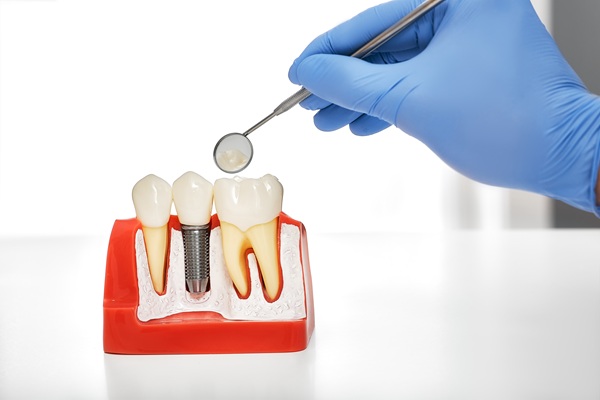A Step by Step Guide to Getting a Dental Inlay

A dental inlay is often used when a tooth suffers damage or decay that is too extensive to be repaired with a simple filling but not severe enough to need a full dental crown. The process is less invasive compared to dental crowns and is a quick and effective way to restore the appearance of the teeth.
Dental inlays
Dental inlays are regarded as “indirect” fillings because they are produced externally, (often at a dental lab), then affixed later to the tooth by the dentist. This is unlike direct fillings that are fixed to the cavity, often with composite bonding, and during a dental appointment. An indirect filling is called an inlay when it fits inside the cusps of the tooth.
When a tooth is affected by decay, the conventional solution is to remove the decay and fill the missing tooth structure with dental fillings. In most cases, a composite filling is applied to the cavity and hardened into place. In some cases, when the cavity is too big to be filled with a dental filling, the dentist will use an inlay instead.
An inlay is like a filling because it covers the decayed part of the tooth. The difference with inlays is that the inlay is formed in a dental lab as a hardened piece. Then, the dentist will place the dental inlay into the tooth and use resin or dental cement to bond it permanently to the tooth. Before current technology, dental inlays were made from gold material. However, now they are made from tooth-colored materials to provide a more natural appearance.
Getting a dental inlay
Getting a dental inlay is like getting a dental crown, with one remarkable difference – less of the natural tooth structure will be scraped off for the process. The dentist’s goal will be to preserve most of the tooth’s structure so that it does not require an additional restoration.
The first step in the dental inlay process is numbing the tooth, after which the dentist will remove all traces of decay from the tooth. This will prevent the decay from progressing further into the tooth. After preparing the tooth, the dentist will make an impression of the tooth, either using digital scans or putty-like material (pressed onto the tooth to make an indent) and forward it to the dental lab. There, the impression will be used to create dental inlay, usually from tooth-colored ceramic or composite resin.
Before leaving the office, the patient will get a temporary filling to protect the affected tooth until the permanent restoration is available. During the second appointment, the dentist will remove the temporary filling and attach the permanent dental inlay to the tooth. If no additional adjustment is required, they will bond the inlay permanently using dental cement or resin that hardens with a special light. After that, the patient’s teeth will be as good as new.
Final thoughts
Dental inlays are strong, durable and require no special maintenance other than the usual oral hygiene for natural teeth. To get started with an evaluation, reach out today!
Request an appointment here: https://www.northside-dentalcare.com or call Northside Dental Care, PC at (978) 206-7077 for an appointment in our Peabody office.
Check out what others are saying about our dental services on Yelp: Dental Restorations in Peabody, MA.
Recent Posts
A broken tooth is a common dental issue that can happen for many reasons, such as accidents, biting into something hard, or untreated tooth decay. Whether a dentist can save a broken tooth or needs to remove it depends on how severe the damage is and how quickly patients seek treatment. While modern dental techniques…
As you age, your teeth face challenges from numerous issues. Daily wear from chewing food or stress-related grinding, gum problems from bacteria build-up, and tooth damage from the foods and drinks you consume all play a role in the deterioration of your smile.You and your dentist share a common goal: caring for and preserving your…
Getting a dental restoration is a way to repair teeth that are damaged, including chipped or cracked teeth, cavities, and worn-down enamel. There are different types of dental restorations available. The recommended restoration will depend on the type of tooth damage, the location of the tooth that is damaged, and the patient’s treatment preference. This…
Any dental work that is done to repair missing or damaged teeth are types of dental restorations, which can include anything from minor fillings to full implants. How long these restorations take depends entirely on what kind of work is necessary. Some procedures can be performed in a single short appointment, while others might be…


